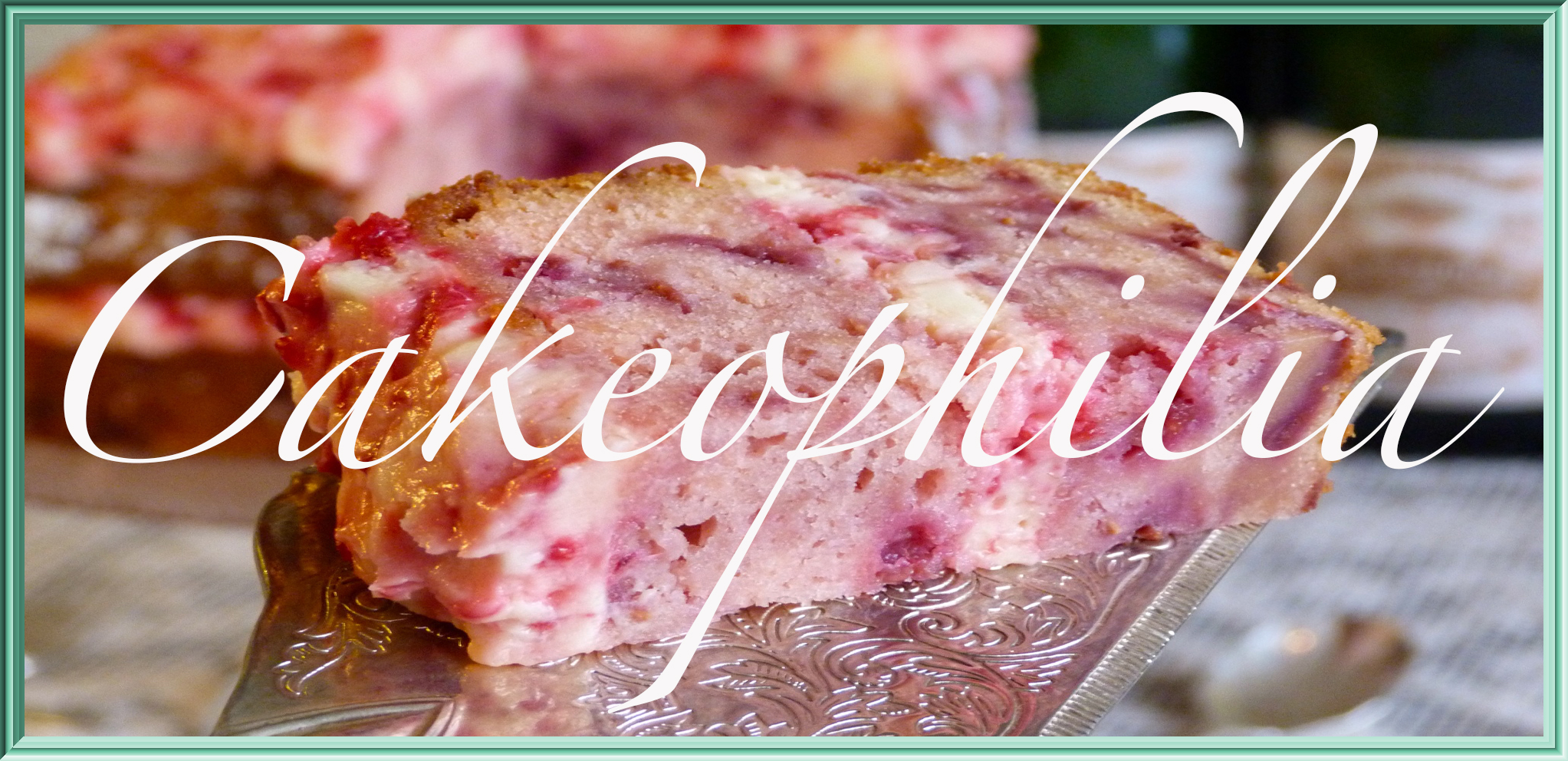On December 24 this year, I went happily to look on Cakeophilia for my recipe for panettone, the glorious fruit studded yeasty cake from Italy… but I couldn’t find it. I was distressed to discover that I had been intending to blog about panettone for a whole year and had completely failed to do it. Sorry about that.

It’s a little after Christmas now, but that doesn’t mean that you can’t sneak in a pre-New Year’s panettone.
I’ve been making this cake- bread- insanely good thing to eat for breakfast (or with Prosecco, as the Italians do), for a few years, and I am ready to impart some secrets. First, because it has such a fine, light texture, the mixture has to be super super soft – almost to the point that it is hard to handle. After all, this is cake really, not bread.

Secondly, you need to use the best peel you can find. For me, that means a toss up between two Japanese peels – Yuzu, or possibly the even more wonderful, slightly bitter Iyokan peel. Of course, if you’re one of those people who hates peel, this information isn’t so helpful – may I suggest amarena cherries instead.

Traditionally Panettone is made in paper “tins” which you can buy from speciality baking shops. I have never actually gotten around to doing this, instead either using my pandora tin or constructing my own from sturdy brown paper – the kind used for shopping bags. At a pinch, you could use a wider cake pan (about 23cm diameter), so long as it is a deep one!
Panettone
makes one 17cm diameter, 20cm high loaf.
ingredients
150mL milk, lukewarm
1 packet dried yeast (7g)
4 1/2 cups (400g) flour
60g sugar
2 tsp salt
2 large eggs
5 large egg yolks
175g unsalted butter, soft
115g raisins (or a mix of raisins and golden sultanas – maybe some dried apricots for good measure)
75 g candied peel, chopped (preferably Iyokan or Yuzu)
zest of 1 lemon (or a few drops of lemon oil)
mixing
Combine the milk and yeast in a medium bowl and leave in a warm place for 10 minutes or until the mixture starts to foam. Add in 1 cup of the flour, mix well, cover the bowl with cling wrap and leave in a warm place about 30 minutes until the mixture has doubled in size.
Transfer the mixture to the bowl of a stand mixer. Add the remaining flour, the sugar, salt, eggs and egg yolks. Using the dough hook, mix to a soft dough. The dough will be sticky and stretchy. If it is too dry add another 50 mL of lukewarm milk or water. With the mixer running, add the butter a little at a time, and continue to mix until completely incorporated. The dough will no longer stick to the bowl, but should be extremely soft and have a tendency to ooze when handled.
Cover the bowl and place in a warm place to rise for about 1.5 hours or until the dough has doubled in size.
Add the fruit to the risen dough (it will deflate when you do this) and mix the fruit in with your hands. Make sure you get an even distribution of fruit. Transfer the dough to the paper pan, cover lightly with cling wrap and let rise until the domed top of the dough is well above the edges of the paper pan.

In the meantime preheat the oven to 200 degrees Celsius. When the dough has risen, place in the oven and bake for 15 minutes. Then, cover the top of the dough with foil (to prevent scorching), reduce the heat to 180 degrees, and bake for a further 45 minutes. The panettone is cooked when you can no longer hear any “whispering” from the interior.
Let the panettone cool in its paper pan.
Serve fresh or lightly toasted, with butter if you like, and coffee or Prosecco on the side!
Enjoy!xxx

